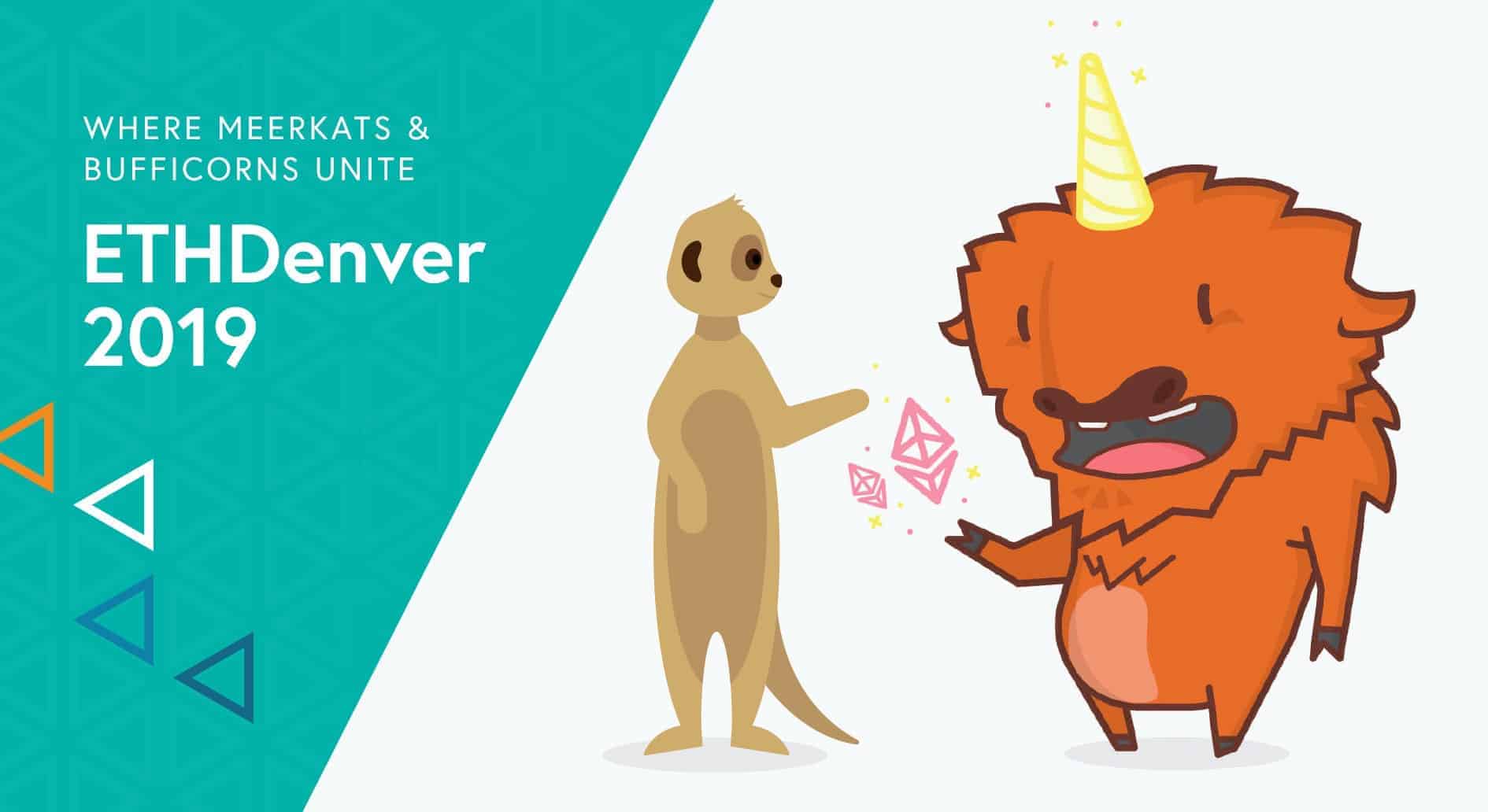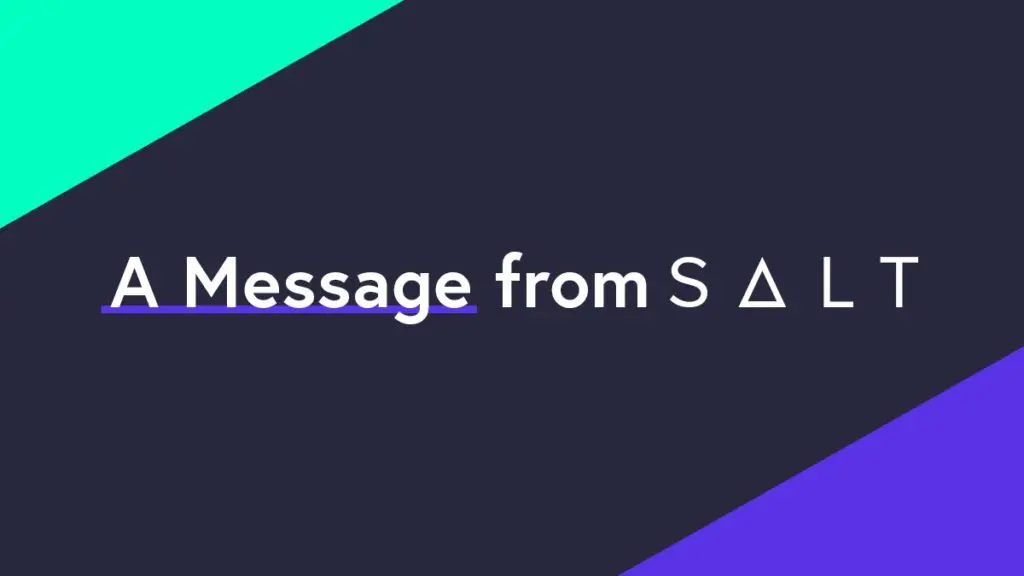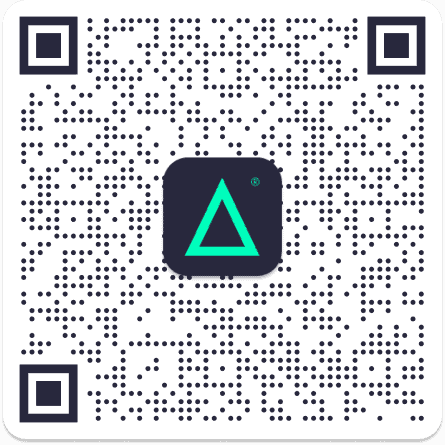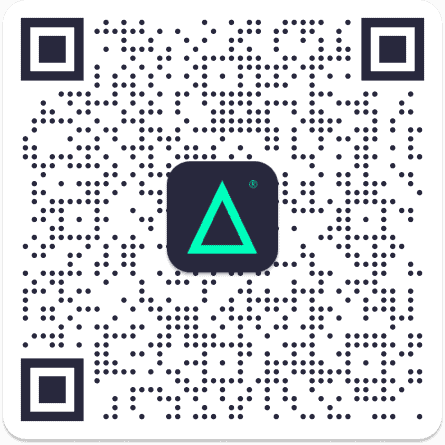As SALT has developed the technology necessary to support our lending business, we have opted to build a lot of our supporting services in house. As you scoff at why we wouldn’t just buy something off the shelf, remember how new the blockchain ecosystem is relative to other industries. We like to think we’re rational and always properly weigh our buy vs build options. After exploring the options, and in some cases buying them (much to our dismay), we’ve had to rely primarily on our talented dev team to build the systems, services and applications necessary to run our business.
Through many conversations with other blockchain companies, we have come to understand that some of these services would be valuable to helping build their business. Our first effort at separating a service and making it available to the public was a blockchain address and transaction monitoring service called Meerkat. You know, because Meerkats are always on alert.
The service allows anyone to subscribe (and unsubscribe) to specific Bitcoin, Litecoin, Dogecoin, and Ethereum (plus all ERC-20) blockchain addresses and transactions. Once you subscribe to a given address (or multiple addresses), you’re notified via your provided callback URL of transactions in or out of the address you’re watching. Subsequently, you can subscribe to a transaction so that you can be notified of its status updates (detected, mined, confirmed, etc).
To put this effort to the test, we chose to offer a $5000 prize at the 2019 ETHDenver Buidlathon (hackathon) for the best use of the Meerkat service.
There were some really creative submissions and we’re grateful that teams thought something we’d built could be useful to their project.
Ultimately, we picked Charity Watchdog as the winner because it supports the open and transparent ideals inherent to cryptocurrency. Their idea gives users the power and insight to choose whether or not to support a particular charitable organization. This is cryptocurrency at its finest. We hope Charity Watchdog continues their endeavor to bring transparency to charity spending. Below are some additional details about their project and a few other teams we want to give a shoutout to for creatively using Meerkat to BUIDL their project.
Thank you to each team for all of the creativity, hours and effort you put into leveraging Meerkat for your projects. We’ll see you all next year! In the meantime, keep watching via www.meerkat.watch.
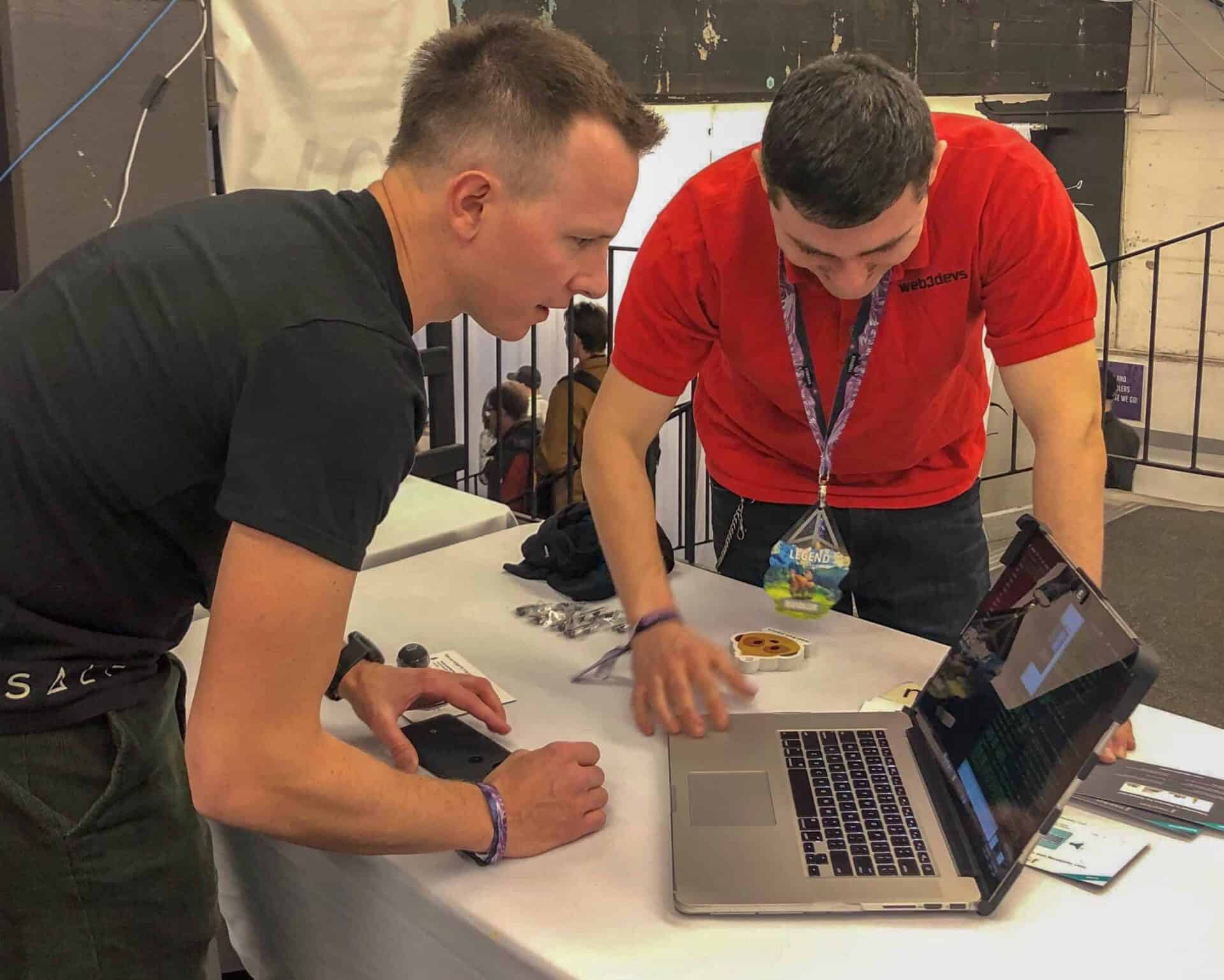
SALT’S CHOSEN WINNER:
Project: Charity Watchdog
Team: Artem Kuznetsov, Peter Gao
Description: Charities are traditionally opaque with their spendings, with donors not knowing exactly where their money is being spent.
With Charity Watchdog, we bring accountability and transparency to charity spends by watching the transactions of charity wallets, and prompting the charities to provide receipt or some form of documentation as to where the money was spent within a grace period.
Any charity that is on the platform and does not provide proof of fund usage will be flagged for donor review. This gives users insight into charity spending and they can choose whether or not to support the charity based on its spending, proof of usage, or lack thereof. This helps put donors more in control.
How they used the Meerkat API: Charity Watchdog used Meerkat to watch and update their app as transactions were sent to various charities. It was the key component in being able to notify users in the app that a charity has spent funds. It’s then the charities’ responsibility to add the supporting evidence for transparency.
OTHER NOTABLE PROJECTS:
Project: Shares
Team: Mark Evans Josh Robinson
Description: Shares seeks to demystify the stock issuance process for startups by facilitating the creation and issuance of uncertificated shares in the form of ERC-20 tokens. You don’t need paper certificates, a spreadsheet, or a lawyer. Just five minutes and a wallet address!
The project used IPFS for hosting the dApp portion of Shares, which is responsible for creating an ERC-721 token (one per company) that represents ownership of their domain on DwNS (Decentralized Web Naming System) and provides an easy-to-remember URL (ex. acme.shares.dwns.io). Uncertificated shares are subsequently minted through an ERC-20 contract and are sent to a user-designated Ethereum address. The view layer for the dApp was made using VueJS. For the web app portion, they used NodeJS and Express and connected to the Twilio and Meerkat APIs.
How they used the Meerkat API: Shares combined Twilio and Meerkat to notify users via text message when shares were moved from a contract. The team passed the phone number into the callback URL so that any transaction alerts on the security contract would get sent via text message — an instant way to alert users of activity.
Project: ETH Dev Tools
Team: Aidan Musnitzky, Billy Rennekamp, Theo Ephraim
Description: ETH Dev tools is a chrome developer tools extension that acts like a swiss-army knife for dApp developers and curious users. The extension appears in a chrome inspector tab and comes with various modules that introspect the current dApp you’re using. The plugin is easily extensible for additional tools but already comes with four fully functional modules:
Logs — A network inspector that shows logs and details of all network interactions between your dApp and your RPC endpoint via the web3.js provider including request timing, parameter inputs and return values.
ABI Explorer — This section keeps a list of all contracts the dApp has loaded and scaffolds boilerplate forms based on the ABIs of those contracts. The auto-generated UI gives you access to all contract methods ready to be queried with calls and sends — this is similar to what’s possible with Remix or a verified contract on Etherscan, but without the context switching or compilation.
GraphQL Explorers — A GraphQL explorer that comes pre-populated with Infura’s EthQL endpoints as well as all of the most popular The Graph subgraphs including Uniswap, ENS, Dharma and others. These endpoints come with sample queries ready to ping all the most relevant and highly available content. There’s also the option to add a custom endpoint for easy access to any other available datasets.
Watcher — A tool for monitoring activity on any wallet address or contract. This service is provided by a websocket proxy listening for webhooks from SALT’s Meerkat. It’s easy to subscribe or unsubscribe to this data with a simple UI and websocket support from an Heroku instance.
How they used the Meerkat API: The ETH Dev Tools team creatively added Meerkat to their ETH dev tools chrome extension to more easily help dApp developers subscribe (or unsubscribe) to an address or a transaction right from their browser. For dApp developers, this helps speed up the troubleshooting process when trying to monitor and notify users of address activity.
Project: Balanced Crypto Portfolios with built-in investment capabilities automation
Team: Anibal Catalan, Leonardo Lower, Manuel Garcia
Description: Automated balanced portfolios hedged against DAI with investment capabilities to get returns from loans repayments from AAVE.
Hedge your crypto portfolio and lower overall risk due to volatility and correlation behavior by moving out part of it into a stable asset: MakerDAO DAI.
Build a balanced portfolio, they will rebalance it for you.
Don’t stop there, invest some DAI into a fund which will invest by funding loans in EthLend based on clear rules (eg.: amount, duration, MPR, LTV, etc).
Get returns from the loans repayments.
We provide you with bots and brokers that will take care of rebalancing and investing on the right loans.
How they used the Meerkat API: This team used Meerkat to subscribe and monitor wallet activity. This is fundamentally important for projects in the #DeFi, or decentralized finance, space as the main pillars of this movement are accessibility, financial inclusion and transparency. Meerkat makes it possible for users to be notified of all payout and rebalancing activity.
Project: Battle Bombers
Team: Franky Aguilar, Mark Pereira, Drew Harding
Description: Taking the mobile crypto experience to where it should be.
The makers behind Battle Bombers are taking the concept of mobile-first crypto applications to users and developers. Battle Bombers uses an architecture that accesses the full native extensions in mobile ecosystems, which really stretches the capabilities of cryptocurrency on mobile. This application shows that app developers and designers will be able to fully express their creative abilities on mobile platforms without restriction.
How they used the Meerkat API: This team was able to use Meerkat to provide their users of push notifications with an alert regarding activity on specific addresses associated with the games they were playing on their phones. Once alerted of activity on an address, Battle Bombers sends that alert to the user in the form of a push notification.
Project: ETHBackpack
Team: Josh Forman, Peter Hendrick, Ron Stoner, Sean Martin
Description: Live, on main-net chain, IT certifications and degrees. Show you have certificates such as CCNA, AWS Certificate, Certified Bitcoin Professional with an ETH Wallet address.
ETHBackpack can allow companies that distribute professional certificates on the Ethereum blockchain. Contract deployed on main net.
Individuals seeking employment or contract work can show their credentials in a public, verifiable way. Employers seeking to hire professionals could potentially search for applicants that have the certifications they’re looking for and verify such certifications.
How they used the Meerkat API: This team used Meerkat to notify users and watchers of a specific address that it had been updated with a new certification or degree.
